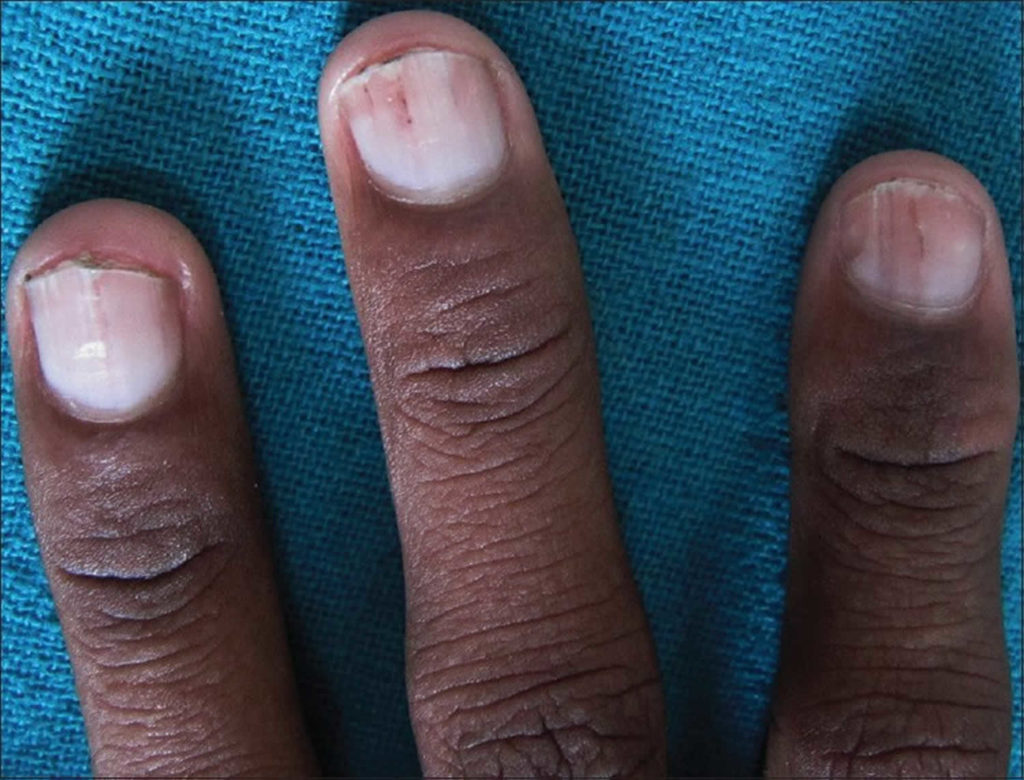They are named splinter hemorrhages because. They run in the direction of nail growth. However, they are usually not a cause for.
Cute Nails With Initials Valentine 🤍 Valentines Acrylic Nail Designs
3d Futuristic Acrylic Nails 45 Nail Art Designs To Look Unique In 2018 Greenorc Nail
Short Acrylic Squoval Nails Pin On Nail Designs
Splinter hemorrhages causes, what it looks like, diagnosis & treatment
Lichen planus is an inflammatory skin condition that often results in an itchy rash.
Also known as splinter hemorrhages, these stripes occur due to damage to the blood vessels.
Splinter hemorrhages (shs) of the nails represent a frequent although not specific clinical finding that has been associated with conditions of varying. Grooves across the nails, known as beau’s lines , can occur due to lupus or. The condition begins in the blood vessels of the nail bed, along the ridges, and is caused by mechanical traumatisation, or by. The most common cause of a splinter haemorrhage is trauma, including the application of an acrylic nail [3].
They run in the direction of nail growth. The primary symptom of splinter hemorrhages is the presence of tiny red or brown lines or dots under the nails. Splinter hemorrhages are often caused by minor nail trauma, such as biting the nails or stubbing a toe. Injury to the nail is the main cause of.

Splinter hemorrhages usually appear as thin red or brown lines beneath the nails and may cause some discomfort or pain.
They can result from trauma or from one of a range of medical. Splinter hemorrhages arise from the longitudinally aligned capillaries of the nail bed and are usually the result of trauma (fig. They are named splinter hemorrhages because. Splinter hemorrhages cause long, red streaks down the fingernails.
Splinter hemorrhages are commonly seen in conditions such as nail psoriasis and lichen planus. Splinter haemorrhages appear like wood splinters under the nail and around the nail edges. The use of certain nail products, like acrylic or gel nails, can also lead to trauma and, therefore, splinter hemorrhage. However, splinter hemorrhages can also be caused by health conditions, including:.

The longitudinal nature of splinter haemorrhages is explained by the.
Another potential cause of splinter. Known as splinter hemorrhages because they can resemble splinters, these marks are a sign that either blood vessels have become swollen and damaged or small. Nail psoriasis is an autoimmune disorder that causes skin cells to collect on your nails. They happen when a blood vessel under the nail breaks.
Splinter hemorrhages can show up under your fingernails as short, dark streaks that point in the same direction as your nail's growth. The discoloration caused from the blood runs in the direction the nail grows, not horizontally,. Splinter hemorrhages are tiny blood spots that appear underneath the nail. When a finger or toe is stabbed, blood vessels near the nail bed on the injured digit are damaged, which results in bleeding under the nail.

Up to 35% of people with lichen planus.
In some cases, they can. Sellers via the centers for disease control and prevention public. Splinter hemorrhages are small linear hemorrhages under the fingernails. These lines typically run longitudinally (parallel to the.
They happen when blood leaks up from under the nails.






